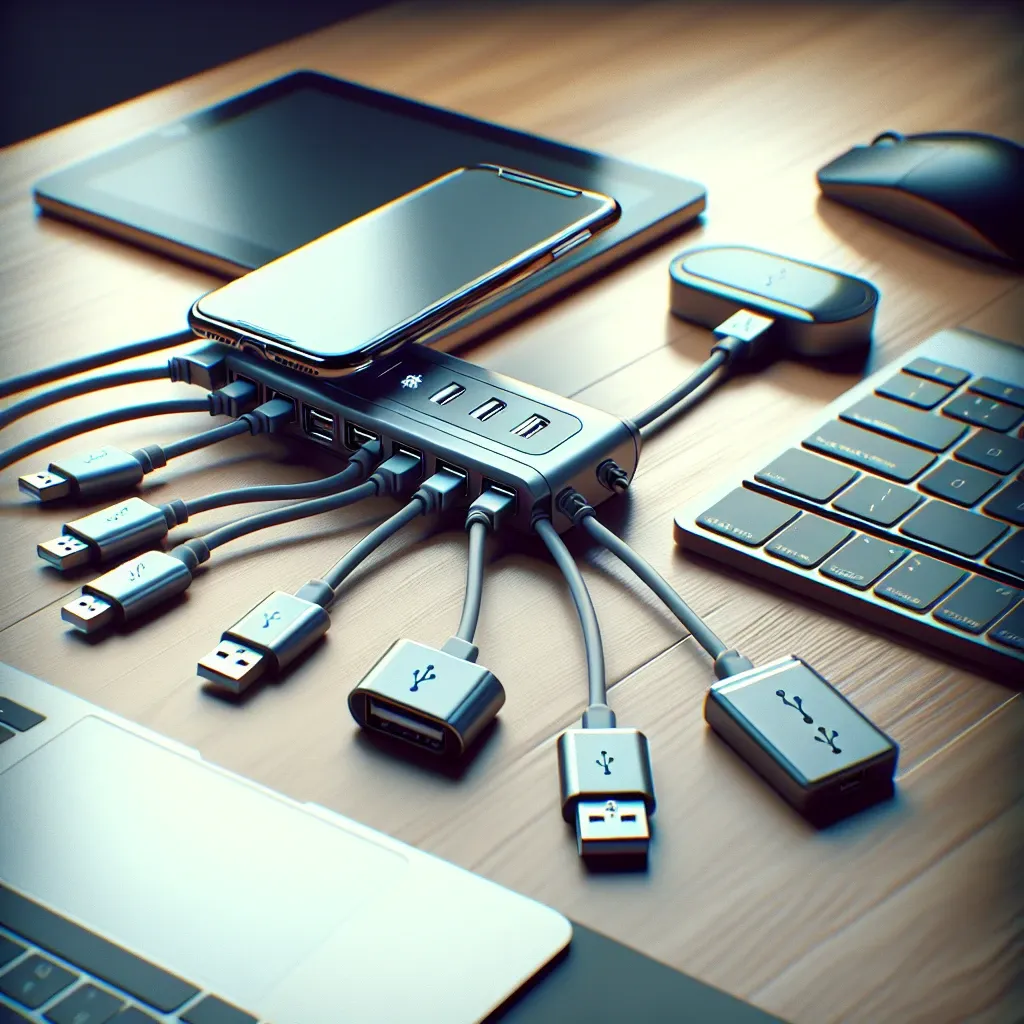Can a USB Splitter Power Multiple Devices at Once?
Introduction
In today’s tech-savvy world, the need to connect multiple devices simultaneously is a common scenario for many users. A USB splitter is a popular solution for this challenge, allowing one USB port to expand into multiple ports. However, a common question arises: Can a USB splitter power multiple devices at once? This article delves into the capabilities and limitations of USB splitters, and we will also examine some important parameters to consider when using them.
Understanding USB Splitters
A USB splitter, often referred to as a USB hub, takes one USB port and converts it into several ports. These devices can be either passive or powered:
- Passive USB Splitters: These typically extend the number of available USB ports without providing additional power. They rely entirely on the power supplied by the host device.
- Powered USB Splitters: These splitters come with their own power source. They can supply additional power to connected devices, making them suitable for power-hungry peripherals.
Capacity of USB Splitters
The capacity of a USB splitter to power multiple devices depends on various factors, including:
| Factor | Description |
|---|---|
| USB Version | Different USB versions (USB 2.0, USB 3.0, etc.) provide different power outputs. For example, USB 2.0 supplies up to 2.5W, while USB 3.0 provides up to 4.5W. |
| Power Requirement of Devices | Devices like mice and keyboards require less power compared to external hard drives or USB-powered fans, which need more energy. |
| Splitter Design | The design (passive or powered) directly affects how many devices can be powered simultaneously. |
| Power Source | A powered splitter can distribute power more effectively among connected devices. |
Can a USB Splitter Power Multiple Devices?
The answer to whether a USB splitter can power multiple devices at once is both yes and no, depending largely on the type of splitter in use:
- Using Passive USB Splitters: Passive splitters can only transmit data and power from the host device. If you connect too many high-power devices, you may experience insufficient power, leading to device malfunction.
- Using Powered USB Splitters: These can power several devices simultaneously as they have their own external power source. This allows them to manage power distribution effectively and support devices with varying power needs.
Factors to Consider When Using USB Splitters
1. Power Limitations
When using a USB splitter, always keep the power supply limitations in mind. If the combined power requirements of all connected devices exceed what the splitter can provide, some devices may not function properly.
2. Device Compatibility
Ensure that the devices you plan to connect are compatible with the USB standard of the splitter. Some devices may not function correctly or may not work at all if the USB standard differs.
3. Data Transfer Speeds
Different USB standards also affect data transfer speeds. USB 3.0, for example, offers much faster data transfer rates compared to USB 2.0. Using a lower standard for high-speed devices can hinder their performance.
4. Cable Length and Quality
The quality and length of USB cables can also affect performance. Longer cables may cause voltage drops, leading to insufficient power reach.
Applications of USB Splitters
1. Computer Peripherals
USB splitters are widely used to connect multiple peripherals to a single USB port on a computer, such as printers, external storage drives, and input devices.
2. Charging Multiple Devices
Powered USB splitters are especially useful for charging multiple devices like smartphones and tablets simultaneously, reducing the clutter of multiple chargers.
3. Home and Office Use
In home and office settings, USB splitters enable users to manage several devices efficiently, providing easy access to various USB-powered gadgets.
Conclusion
In conclusion, USB splitters can indeed power multiple devices at once, but the effectiveness depends greatly on the type of splitter used—passive versus powered. By understanding the power requirements of your devices and choosing the appropriate splitter, you can maximize the potential of your USB ports. Always remember to account for the combined power needs to ensure seamless operation across all connected devices.

